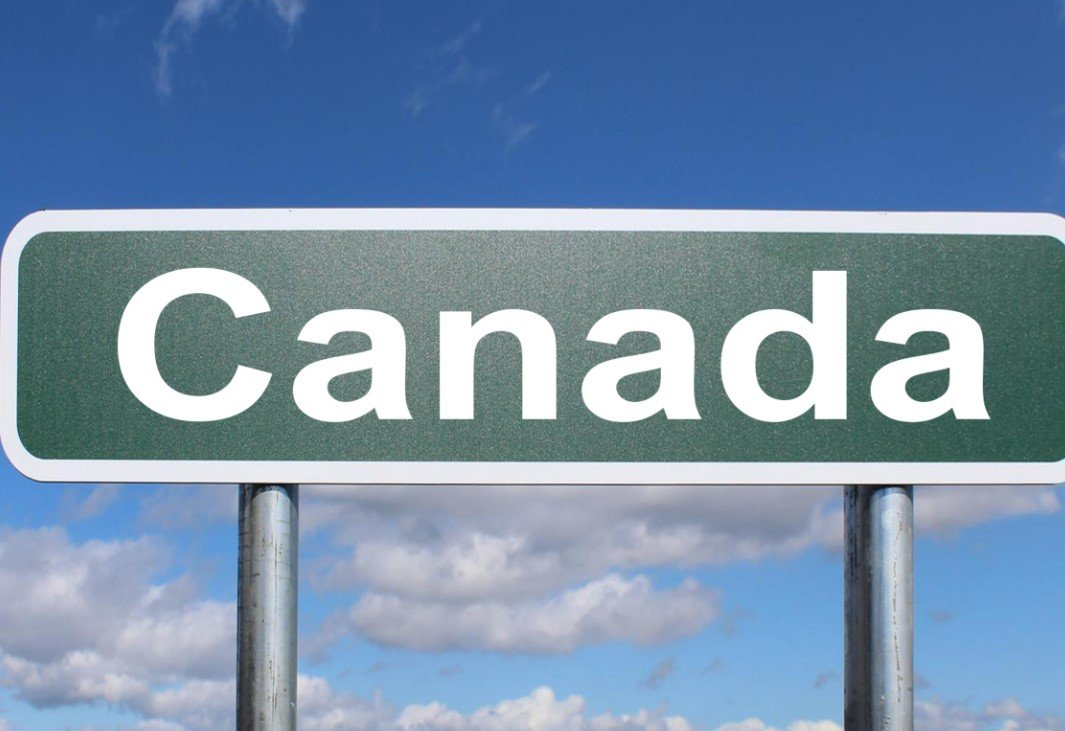Canada’s landmark lawsuit aimed at holding major tobacco companies accountable for decades of public and individual harm is nearing a conclusion that promises the public only a small portion of the originally sought damages.
The Long Battle Against Big Tobacco
Initiated in the late 1990s, the lawsuit targeted Canada’s three largest tobacco firms: JTI-Macdonald Corp., Rothmans, Benson & Hedges, and Imperial Tobacco Canada Ltd., alongside their parent companies. Plaintiffs sought a staggering $500 billion in damages, a figure intended to reflect the extensive health and societal costs attributed to tobacco use over the years.
The legal battle has been a cornerstone in Canada’s efforts to curb smoking rates and address the pervasive influence of the tobacco industry. Decades of litigation aimed to not only secure financial compensation but also to implement stricter regulations on tobacco sales and marketing practices.

Proposed Settlement Falls Short of Expectations
On October 17, a proposed settlement was unveiled, stipulating that the tobacco giants would collectively pay $32.5 billion in damages. This amount represents roughly 6.5% of the original claim, sparking significant controversy and disappointment among anti-smoking groups and public health advocates.
Breakdown of the Settlement
| Aspect | Original Claim | Proposed Settlement |
|---|---|---|
| Total Damages Sought | $500 billion | $32.5 billion |
| Percentage of Original Claim | 100% | 6.5% |
| Scope of Accountability | Comprehensive | Limited |
| Public Health Reforms | Extensive | Minimal |
This table highlights the stark contrast between the initial demands and the proposed resolution, underscoring the substantial reduction in financial accountability expected from the settlement.
Criticism from Anti-Smoking Advocates
Anti-smoking organizations have voiced strong objections to the settlement, arguing that it fails to address the root causes of tobacco-related harm. Key points of contention include:
- Lack of Sales Restrictions: The settlement does not impose new limitations on the sale of tobacco products, allowing companies to continue marketing without significant oversight.
- Transparency Issues: Internal documents from tobacco companies remain undisclosed, preventing public insight into the industry’s strategies and practices.
- Insufficient Investment in Public Health: The agreement does not mandate tobacco firms to fund research or initiatives aimed at reducing smoking rates or preventing tobacco use.
- Health-Care Cost Recovery: Compensation is limited to historical health-care costs, neglecting the ongoing and future expenses associated with tobacco-related illnesses.
“These measures are simply not enough,” stated Laura Thompson, spokesperson for SmokeFree Canada. “The settlement fails to implement the comprehensive changes needed to truly mitigate the impact of tobacco on our society.”
Implications for Public Health and Policy
The limited scope of the settlement raises concerns about its effectiveness in driving meaningful change within the tobacco industry. Without significant restrictions on sales and marketing, tobacco companies retain much of their autonomy to promote their products, potentially undermining public health efforts.
Potential Outcomes of the Settlement
- Financial Compensation: While the $32.5 billion will provide some relief, it falls short of addressing the full extent of the damages caused by tobacco use.
- Regulatory Gaps: The absence of new sales restrictions means that existing loopholes and aggressive marketing tactics may persist, continuing to attract new smokers.
- Research and Prevention: Without mandatory investments in smoking prevention research, the battle against tobacco-related health issues may lack crucial support and innovation.
Calls for Comprehensive Reform
Advocates are urging the government to pursue more robust measures that go beyond financial compensation. They argue for a multifaceted approach that includes:
- Enhanced Regulation: Implementing stricter controls on tobacco sales, advertising, and packaging to reduce the product’s appeal, especially to younger demographics.
- Public Health Investments: Allocating funds towards research on smoking cessation and prevention programs to address both current and future tobacco-related challenges.
- Transparency and Accountability: Requiring full disclosure of tobacco companies’ internal documents to understand and counteract their strategies effectively.
- Future Cost Coverage: Extending financial responsibility to cover ongoing and future health-care costs related to tobacco use, ensuring comprehensive support for affected individuals.
“We need a settlement that not only compensates but also fundamentally changes how the tobacco industry operates,” emphasized Thompson. “Only then can we hope to see a significant reduction in smoking rates and related health issues.”
The Road Ahead for Canada’s Tobacco Litigation
As the settlement negotiations conclude, the Canadian public and health advocates remain vigilant, closely monitoring the implementation of the agreement. The outcome of this lawsuit sets a precedent for how major industries are held accountable for public health impacts, with far-reaching implications for future legal actions and regulatory frameworks.
Key Takeaways:
- Significant Reduction in Damages: The proposed $32.5 billion represents a mere fraction of the original $500 billion claim, raising questions about the adequacy of compensation.
- Limited Reforms: The settlement does not introduce new restrictions on tobacco sales or marketing, nor does it mandate public health investments.
- Ongoing Advocacy: Anti-smoking groups continue to push for more comprehensive measures to address the root causes of tobacco-related harm.
As Canada navigates the conclusion of this extensive lawsuit, the debate over the appropriate level of accountability and the necessary steps to protect public health remains at the forefront of national discourse.
David Johnson is a respected writer known for his expertise in crafting compelling articles about cannabis. With a passion for exploring the intersection of cannabis, health, and wellness, he sheds light on the therapeutic properties and potential uses of this versatile plant. David’s in-depth analysis and thought-provoking commentary offer readers a deeper understanding of the evolving landscape of cannabis legislation, consumption methods, and industry trends.









